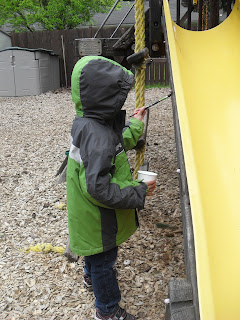I have a couple very bright kindergarten students this year so I decided to teach them about 3D shapes!
I purchased a container of plastic 3D shapes the the kids could use.
http://www.lakeshorelearning.com/seo/ca|searchResults~~p|EE498~~.jsp. This is a little pricey but worth letting them each have the 3D shapes to touch. We started by looking at different 3D shapes that we had, telling what we noticed, what 2D shapes we see in the 3D shape, and learning the names. They even remember tetrahedron! After they were quite comfortable with identifying them we made our own 3D shapes!
You need:
- toothpicks
- mini marshmallows
I chose only 4 shapes for them to make so it wasn't overwhelming - tetrahedron, pyramid, cube and cuboid. I gave each kid the 3D shapes to use as a guide and let them explore! They were able to make all the shapes!
Here are a pyramid, a tetrahedron, and a cube that I created as I demonstrated to the kids how this will work.
This was an awesome activity and really made the 3D concept come to life for them!
NOTE: You can buy a similar kit fr $40
http://www.lakeshorelearning.com/seo/ca|searchResults~~p|GG458~~.jsp. But toothpicks and marshmallows were more fun AND they got to eat a marshmallow at the end of each constructing period!
































